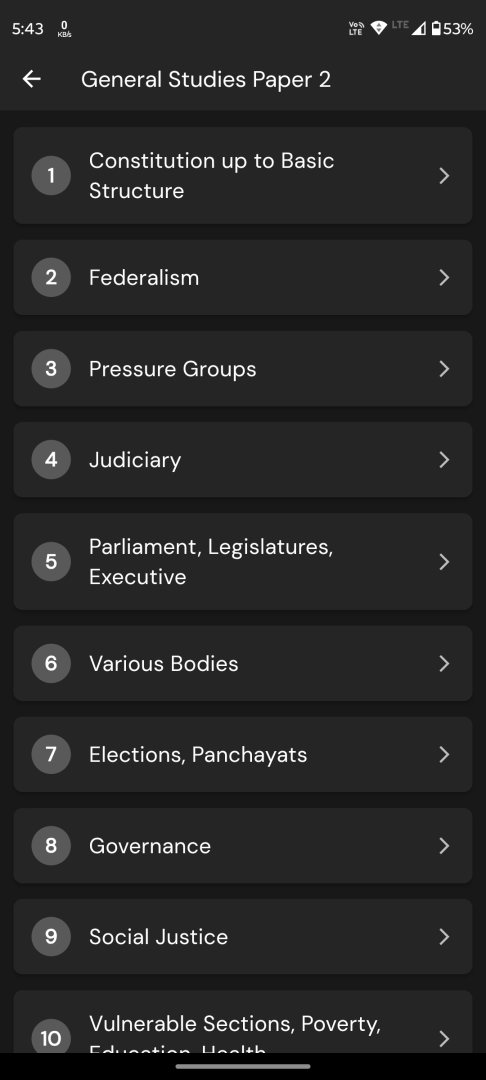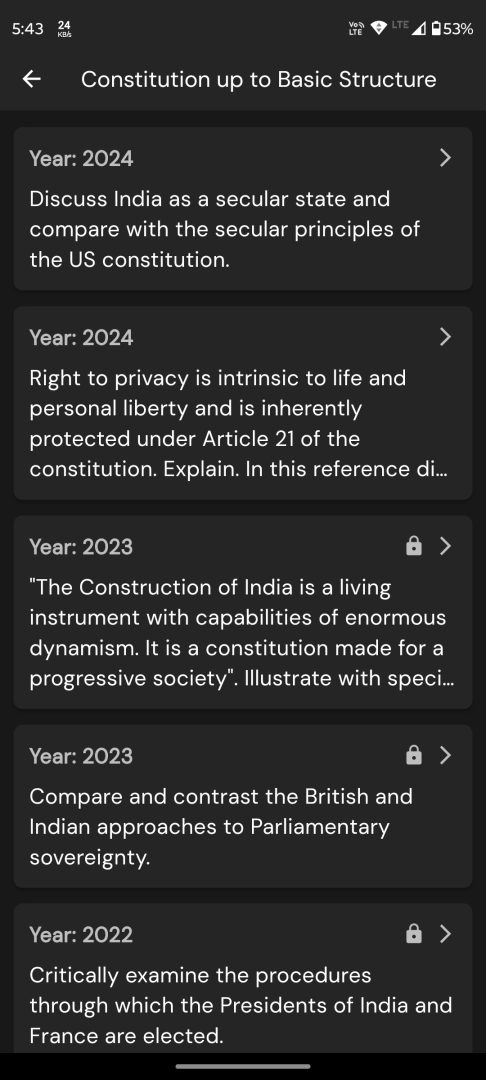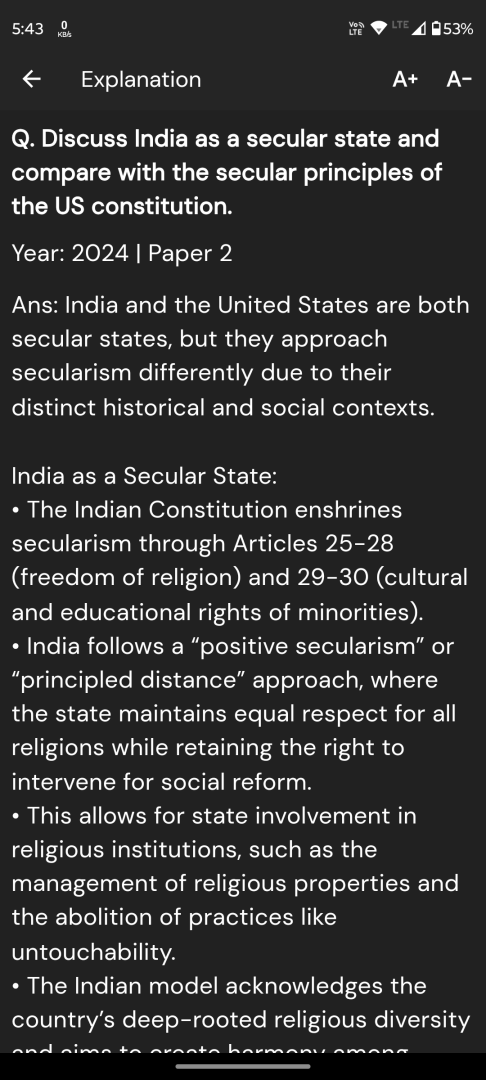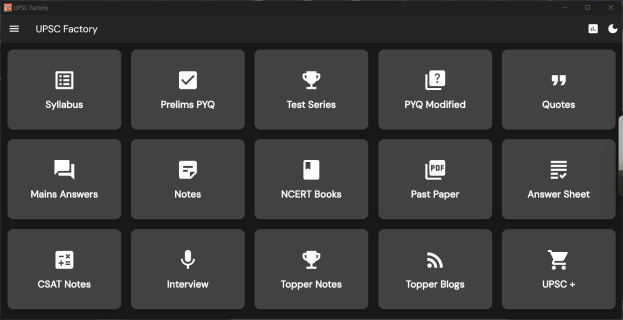Q. Discuss the rationale of the Production Linked Incentive (PLI) scheme. What are its achievements? In what way can the functioning and outcomes of the scheme be improved?
UPSC Mains 2025 GS3 Paper
Model Answer:
Production Linked Incentive (PLI) Scheme: Rationale, Achievements and Way Forward
The Production Linked Incentive (PLI) scheme, launched in 2020 under ‘Atmanirbhar Bharat’, provides performance-based incentives on incremental sales of domestically manufactured products across 14 strategic sectors with ₹1.97 lakh crore outlay.
Rationale of PLI Scheme
The scheme addresses critical economic imperatives through strategic interventions:
• Reduce import dependency: Curtail imports particularly in electronics and Active Pharmaceutical Ingredients (APIs) to strengthen economic resilience and reduce trade deficit.
• Boost manufacturing GDP contribution: Increase manufacturing sector’s share from stagnant 16-17% through targeted investments in high-potential sectors like automobiles, textiles, pharmaceuticals.
• Global value chain integration: Position India as alternative manufacturing hub leveraging “China Plus One” strategy adopted by multinational corporations post-pandemic.
• Employment generation: Create 60 lakh jobs addressing India’s demographic dividend through large-scale industrial expansion.
Key Achievements
The scheme has delivered impressive outcomes within a short span. It attracted actual investments of ₹1.46 lakh crore, generating production worth ₹12.50 lakh crore and creating 9.5 lakh employment opportunities. Exports surpassed ₹4 lakh crore, with electronics and pharmaceuticals leading growth.
Sector-specific successes include mobile phone manufacturing transformation (net importer to exporter), 60% import substitution in telecom equipment, and strengthened pharmaceutical production reducing API dependency. Global tech giants established 4G/5G manufacturing units, while drone manufacturing gained momentum.
Improvements Required
• Deepen value addition: Move beyond assembly to component manufacturing, reducing imported content especially in electronics sector.
• MSME integration: Simplify eligibility criteria and create dedicated provisions for small enterprises’ participation in global value chains.
• Innovation linkage: Link incentives to R&D investments and intellectual property creation rather than just production volume.
• Infrastructure strengthening: Develop robust logistics, power supply, and skill development programs aligned with manufacturing requirements.
• Streamline implementation: Simplify approval processes, ensure timely incentive disbursement, and address sectoral disparities through flexible structures.
Conclusion:
PLI scheme marks India’s strategic shift from protectionism to competitiveness, requiring continuous refinement for sustainable manufacturing transformation.




